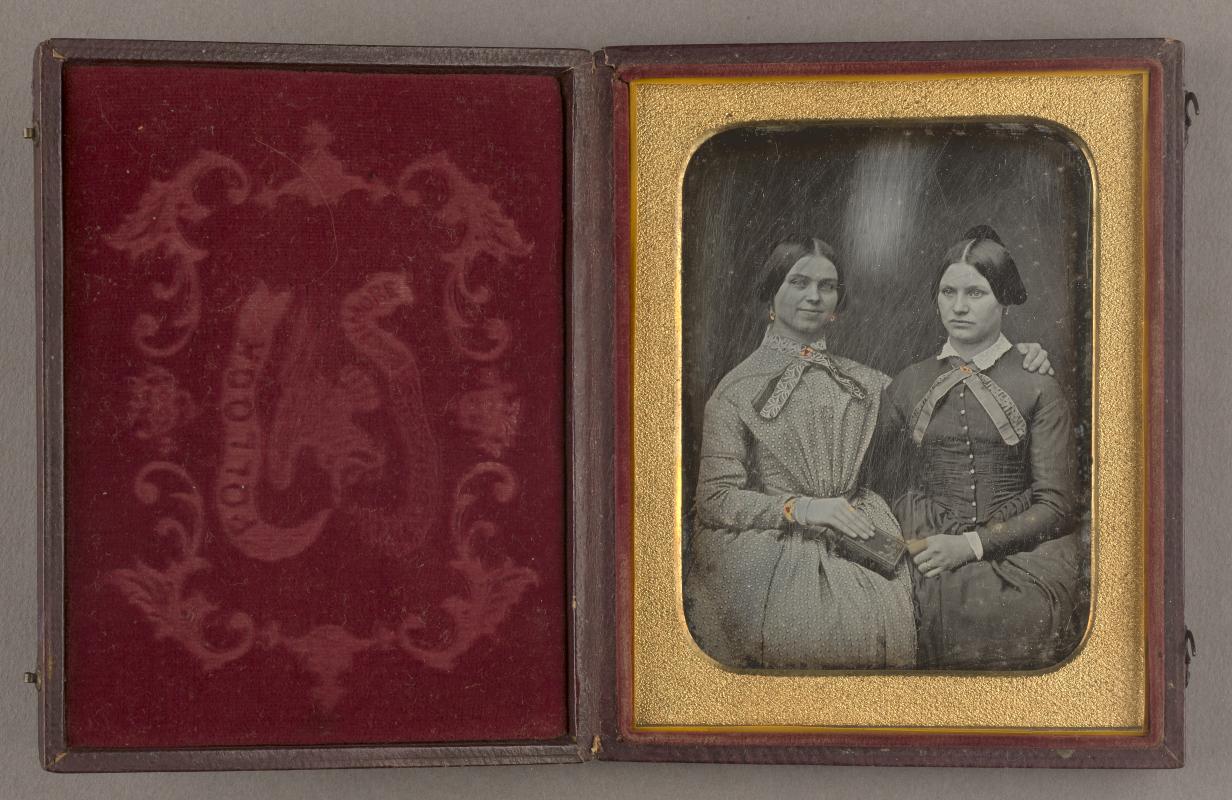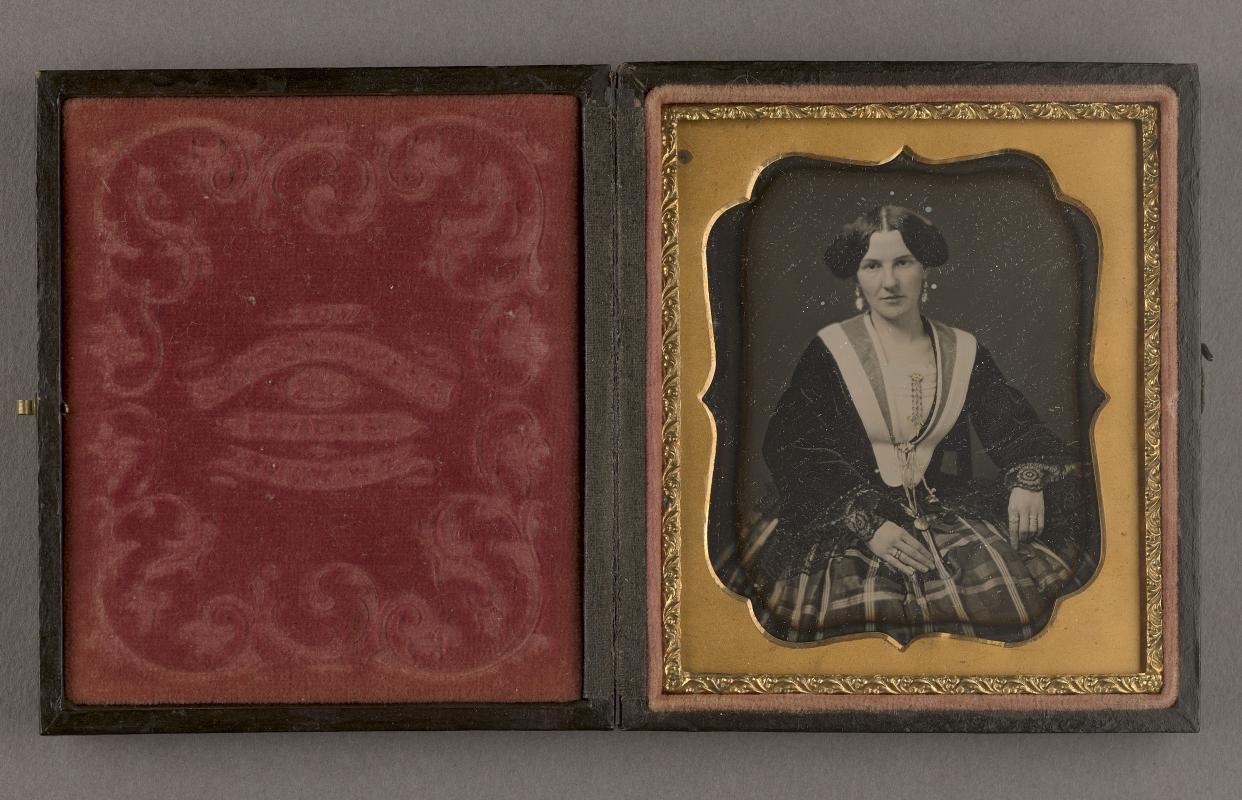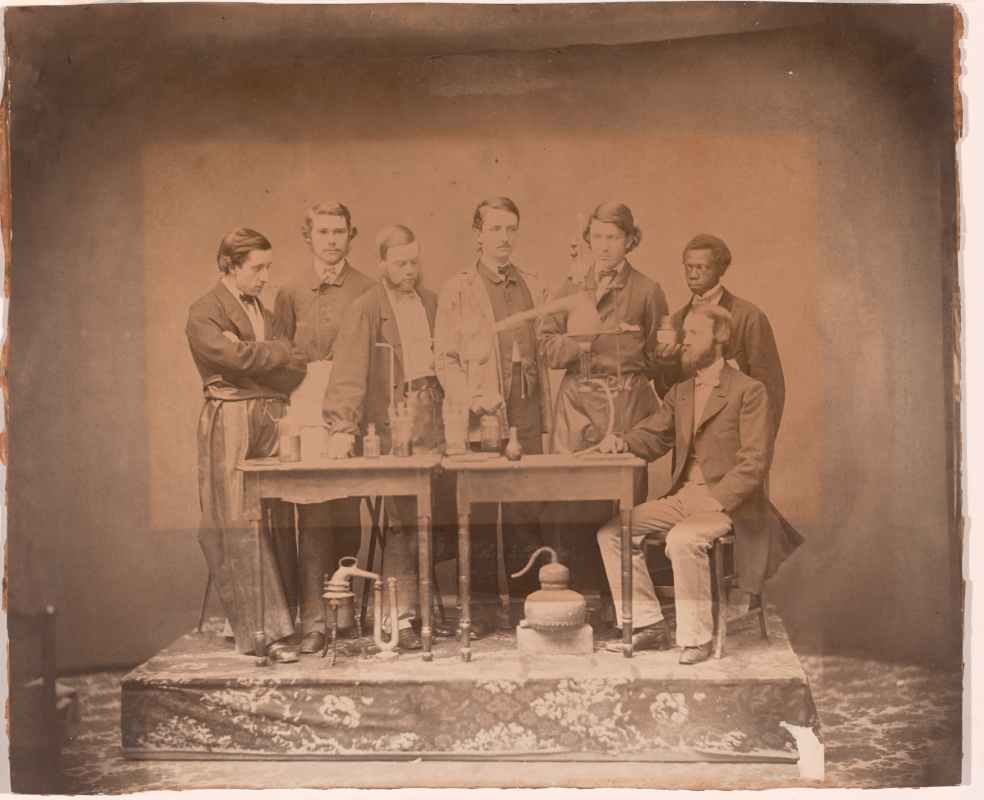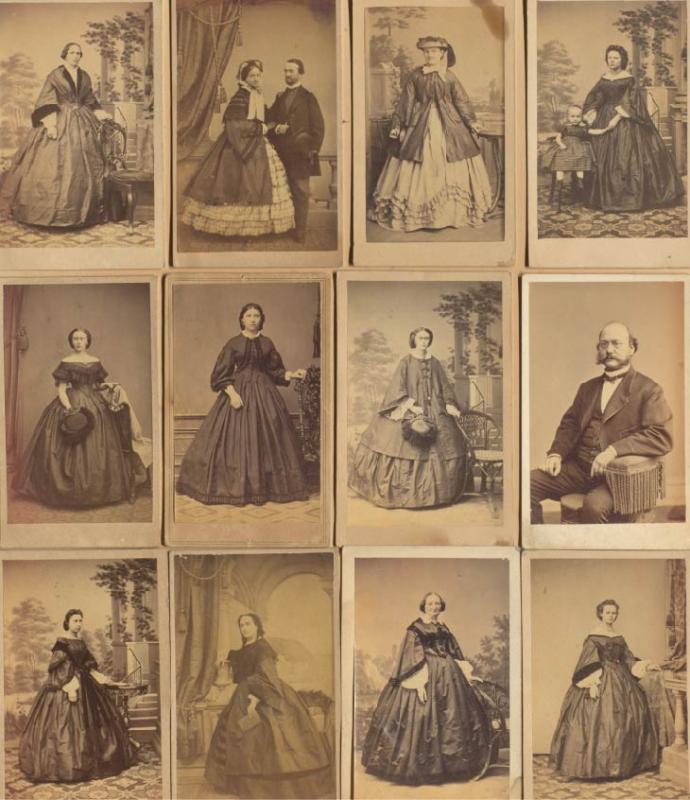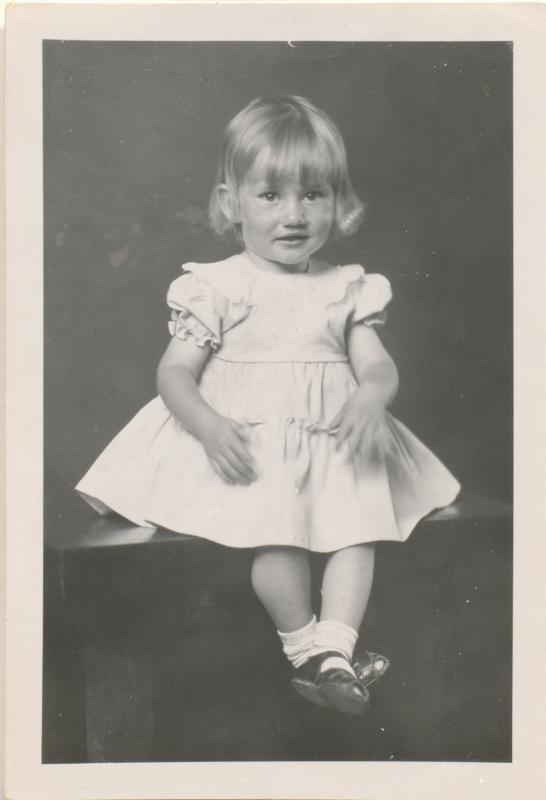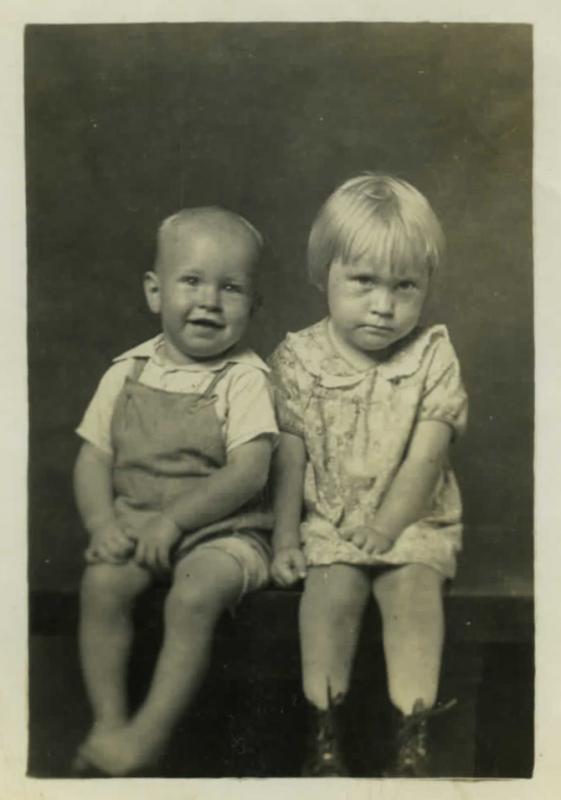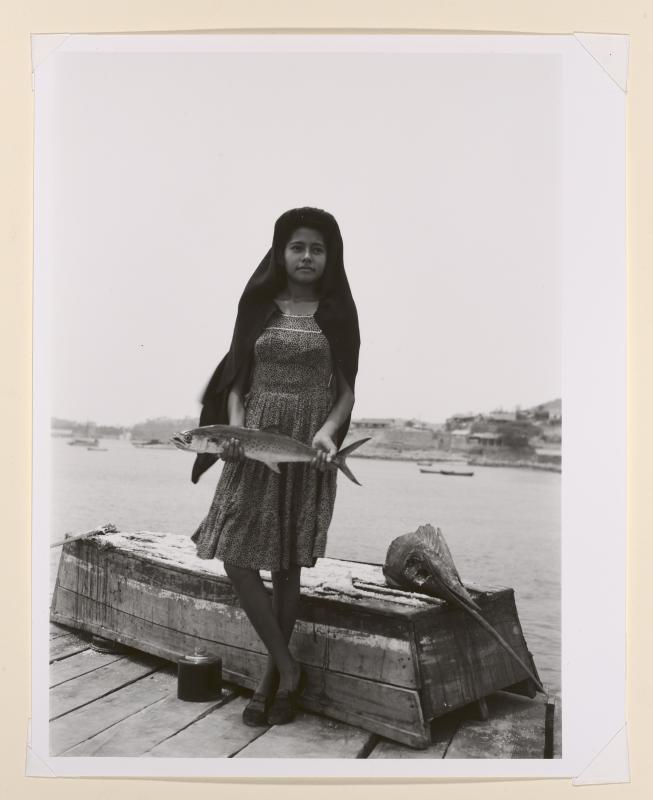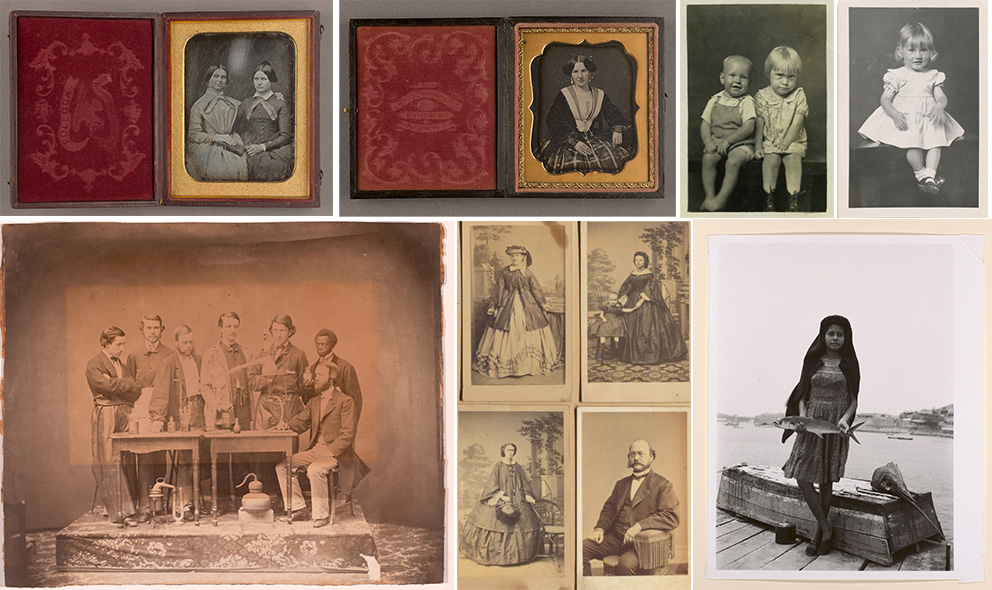
People and Props in Photography, 1840s-1940s takes a close look at seven photographs that reflect various technical processes utilized during the first century of the medium history. Despite their differences, these photographs also function as a coherent group, as the individuals portrayed in them are all accompanied by props—some conventional, some unexpected—that shape in important ways the personal and social significance of these images, as well as their aesthetic appeal. While the slide show below uses the prop as a lens through which to reflect on how identities are visually conveyed, the essays published under “Research” offer more in-depth analyses of each object, in many cases supported by archival sources unpublished until now. As such, the essays expand our historical understanding of the photographs, and as a collection of texts they invite readers to consider the categories of the vernacular and the artistic when thinking about photography.
Curated by candidates in the MA in Art History program, People and Props in Photography, 1840s-1940s is an online companion to the exhibition Time and Face: Daguerreotypes to Digital Prints, curated by Roberto C. Ferrari, on view at the Miriam and Ira D. Wallach Art Gallery at Columbia University from December 4, 2021 to March 12, 2022. This gallery exhibition focuses on formal portraiture and figurative works in photojournalism and documentary photography, showcasing over 100 examples of vernacular photography and work by well-known photographers from the 1840s to the twenty-first century. Time and Face is the first large-scale exhibition drawn exclusively from the photography collection in Art Properties, Avery Architectural and Fine Arts Library. As part of the educational mission of the collection and exhibition, the MA candidates selected photographs on view in the show, which resulted in People and Props, which thus supports the Wallach exhibition while also standing as its own independent project.
– Frédérique Baumgartner and Roberto C. Ferrari

